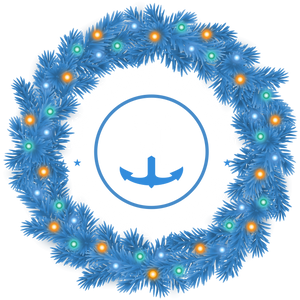Boat ownership will often take some work, but the experience is always better when you have tools and resources to eliminate frustration. That's why we're sharing some quick-links to commonly-needed products along with a must-have seasonal outboard motor maintenance checklist — and you can find it all right here!
Tools and Tips for Easier Seasonal Outboard Motor Maintenance
When you think about what it takes to maintain your boat and outboard motor with each outing and each season, keep in mind that there are many tools and pieces of equipment designed to make it all go smoother. From seasonal outboard motor maintenance to other related tips, here is our list of highly-recommended tools, equipment, and advice to go along with the incredibly easy-to-use checklist located at the bottom of this post.
Checklist Highlight #1: Getting a Look at Your Propeller and Skeg
Whether you're pretty sure you haven't run aground with your propeller or you suspect that it's possible (shout out to all of you sharing the wheel with others), it's crucial to check the condition of your propeller regularly. If your boat is running slow, running inefficiently, or if your propeller has visible warping / notching, it might be time to change your propeller.
To make that propeller change easier, consider the Prop Master Prop Wrench and the Prop Master Propeller Stop. (The Prop Spot may also help if you need somewhere to store your propeller). As the original molded propeller wrench, the Prop Master Prop Wrench is designed with high tensile strength, indestructible nylon that is resistant to fuel, sun, salt water, and other chemicals. That design also makes it less expensive and less likely to rattle and cause damage when stowed. The Prop Wrench works even better when you have the Prop Stop in place on the outboard motor's anti-cavitation plate, stopping the propeller from moving while you loosen the propeller nut.







